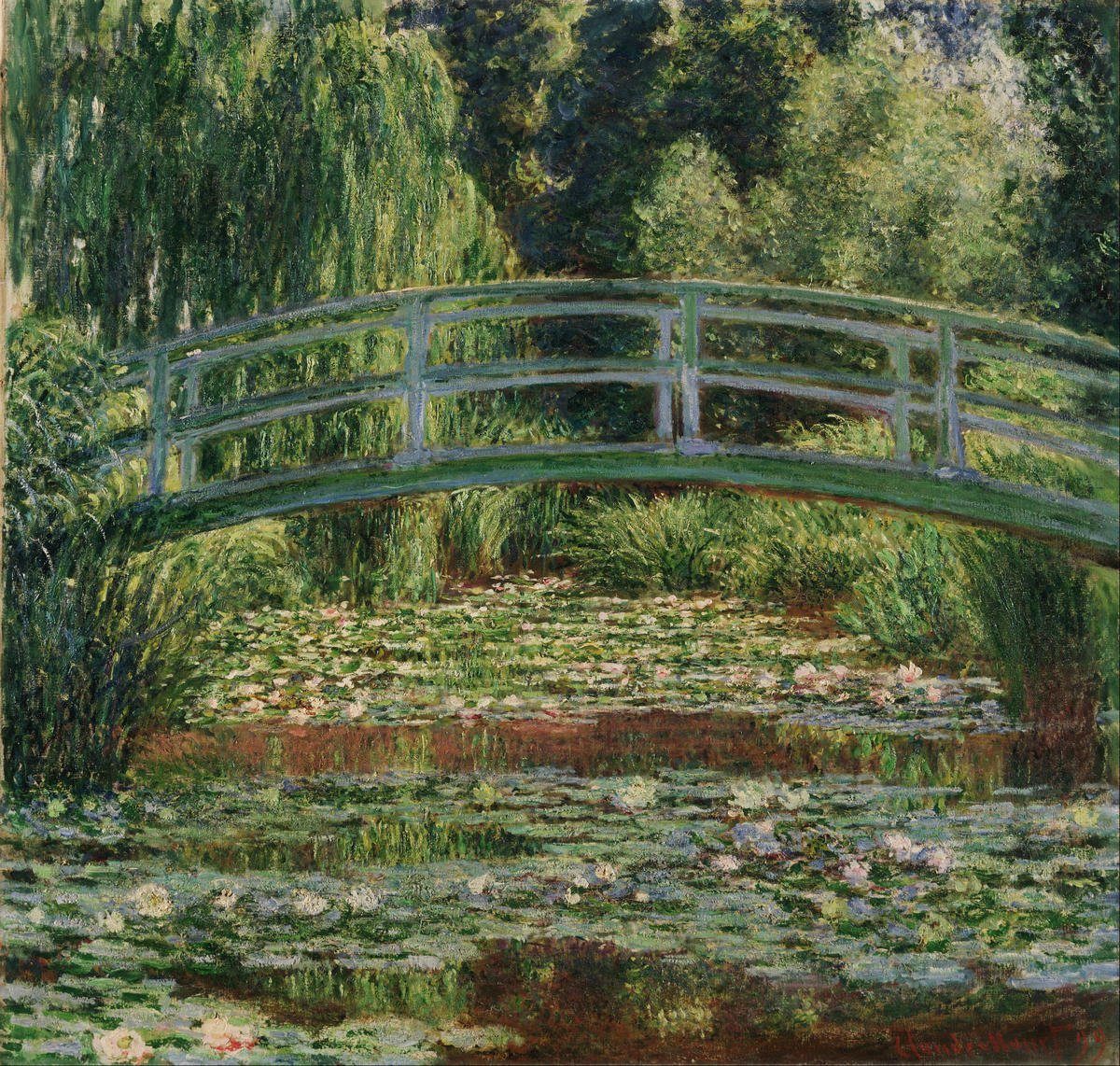For its timeless beauty and deeply-ingrained spirituality, the oriental aesthetic has long appealed to and fascinated the western hemisphere. Generally speaking, oriental design principles are imbued with an ethereal quality that is rooted in a profoundly spiritual view of the world; western design principles, on the other hand, tend to be more trend-based. Oriental art celebrates the transient beauty of the everyday and the ordinary, with a focus on context (usually, on nature), whereas western art often revolves around more extraordinary themes, with a focus on the subject.
It is precisely this fascination that led to the rise of Japonisme, also known as Japonism, in France in the 19th; a movement that honed in on the core elements of Japanese art and design. Clean lines, rough-hewn and nature-inspired materials, a neutral (albeit, vivid) palette, and easy elegance are all hallmarks of Japanese design — which is largely founded on minimalism and a connection to nature.
For its timeless beauty and deeply-ingrained spirituality, the oriental aesthetic has long appealed to and fascinated the western hemisphere.
From seclusion to center stage
After over two centuries of seclusion — with an isolationist foreign policy in place — under the Tokugawa shogunate’s Sakoku mandate, Japan’s borders reopened in 1853. This reopening propelled a revival in trade and commerce with the west, and the long-secluded nation’s products inundated Europe’s ports. Among these commodities were Japanese woodblock prints known as ukiyo-e — which literally means “pictures of the floating world” — by masters of the art form. These objects of art were the force that set Japonisme into motion; the fulcrum on which the movement gracefully pivoted across France.
Japonisme, a term said to have been coined by the French critic Philippe Burty in the early 1870s, had a significant influence on the artistic styles of Impressionist and Post-Impressionist painters. The Japanese style demonstrated, in no uncertain terms, that even the most ordinary of images and objects could be portrayed in artistic fashion. The commonplace, realistic subject matters of the woodblock prints, for instance, were stunningly stylized through the use of brilliant colors and detailed, outlined forms; often of nature scapes and landscapes, waves of the ocean, birds and animals, courtesans and everyday people, as well as more erotic themes. But what inspired French artist the most about ukiyo-e were its decidedly more distinctive hallmarks, such as the exaggerated use of depth or foreshortening, along with the quirky cropping of figures (often creating an interesting, disembodied visual effect); the asymmetry of the overall design, a trait that is present in most forms of Japanese art; and the purposefully unshaded areas of color, which created the effect of “flatness” in early ukiyo-e works.
The movement gains momentum
There were a number of renowned French masters whose painting styles were influenced by Japanese art. Most notably among them were James Tissot, Édouard Manet, Claude Monet, Edgar Degas, Pierre-Auguste Renoir, Paul Gauguin, Henri de Toulouse-Lautrec, Pierre Bonnard, and Georges Ferdinand Bigot. These great artists, whose styles ranged from Realism and Impressionism to Post-Impressionism, Art Nouveau, and even Cartooning, were actively involved with the European art scene between the mid-1800s and the mid-1900s. Meanwhile, painter James McNeill Whistler, who was born in Massachusetts, USA and moved to London, was chiefly behind pioneering and spearheading the movement across Europe and in other parts of the world.
Eventually, Japonisme was to make the jump to other art forms, such as the theater, in kabuki-style operas and Japanese drama; and in fashion and haute couture, with kimonos and textiles from Japan winding up on the floors and cutting tables of the most iconic Parisian fashion houses. The aesthetic even found its way to more utilitarian applications, such as in Japanese gardens, interior design trends, furniture, architecture, and tableware.
As an artistic development, Japonisme, took France and many parts of Europe by storm — and it brought the sublime and sophisticated simplicity of Japanese style into sharper focus on the world stage. Moreover, it served as a bridge between the eastern and western aesthetic, opening up an entirely new perspective and dialogue about artistic expression. With the unique techniques gleaned from Japanese art, western artists elevated their own artistry, in a spirit of creative cultural confluence that remains as vibrant today as it was well-over a century ago.





